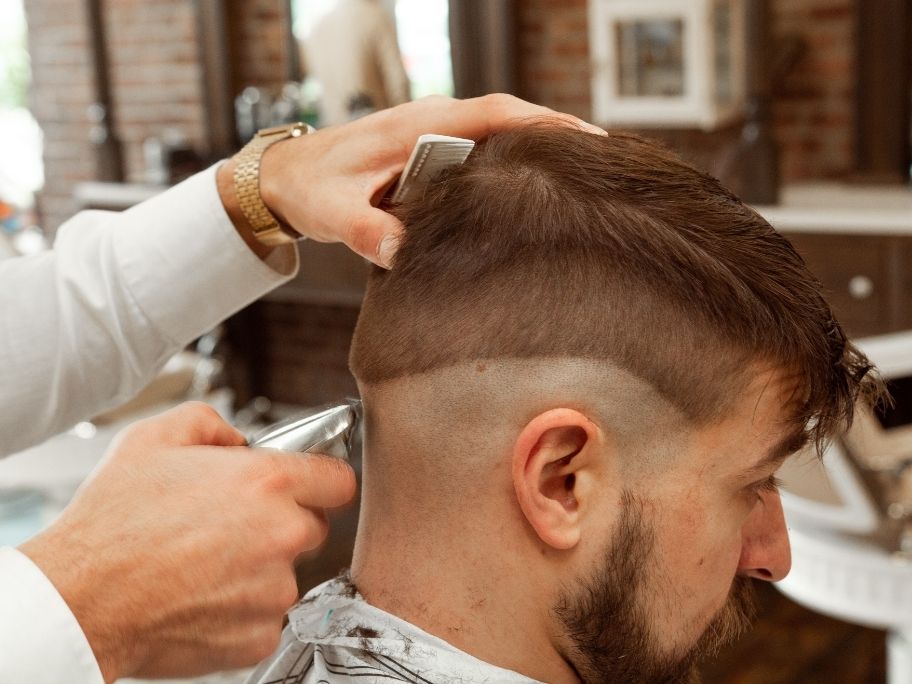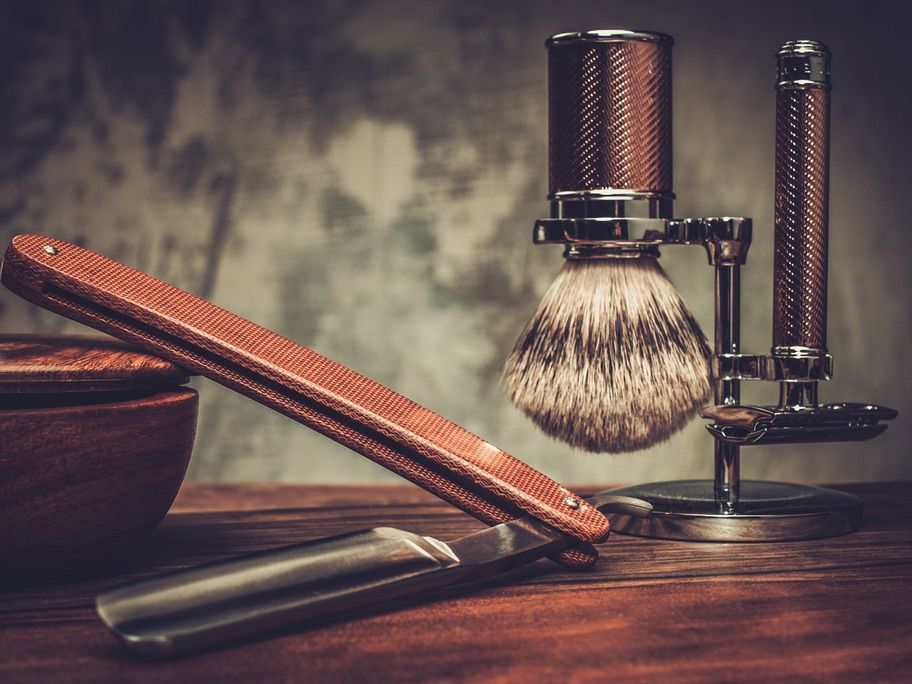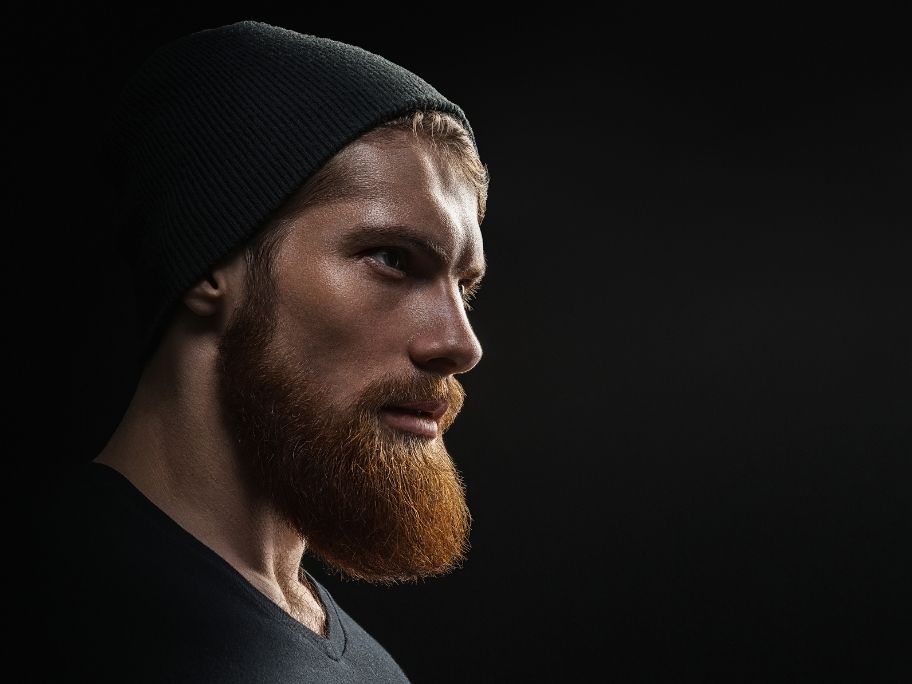The fade, or colloquially known as "sides down," has long been one of the most popular men's hairstyles. One reason for this is the versatility it offers. There are countless ways to customize and combine this cut: from the length to the way you want to style your hair, e.g., short sides x curls, short sides x slick back, short sides x comb over, and much more!
What is a fade haircut?
With a fade, the hair on the sides and back of the head is cut progressively shorter, starting from top to bottom. This typically involves using a clipper (e.g., from Andis, Wahl, Oster, etc.) and a trimmer to create a seamless fade with perfectly blended sections.
This is where the term "fade" comes from: it means "to fade" in English, and this is exactly how the transition from bottom to top should look, without lines or edges.
To keep your fade looking fresh, you'll need to schedule a visit to your trusted barber every 2-4 weeks. With a little skill and a good clipper/trimmer, you might even be able to manage a simple fade on your own ;).
Why the fade haircut is so popular:
- Fades suit many face shapes and hair types
- This haircut can look professional, classic, modern, or bold - depending on how you want to style your hair.
- Styling is easier if the hair on the back and sides is short - you just have to style the hair on top and you're done.
- It is the most versatile haircut for men and never gets boring.
Let's take a look at some examples of the different types of fades. Maybe you'll find some inspiration for your next haircut!
The 7 types of fades
With the barber industry constantly evolving and adapting to new style trends, it can be difficult to keep up with all the different fade types you see. This is understandable—there are literally hundreds, perhaps thousands, of ways to wear a fade.
But there are only seven basic types of fades that underlie all of these modern, trendy styles. These seven basic fade types are very versatile.
- They can be combined as desired and supplemented with components from other fade types.
- They can be worn on different hair thicknesses, such as fine, medium and thick hair.
- They can be combined with different hair lengths on top.
- They can be worn on different hair types such as straight, wavy or curly hair to achieve a completely different look.
The three most popular types of fade:

1. High Fade
A high fade is a modern fade that starts higher on the head at the temples, rather than in the middle above the ears. The hair on the sides and back of the head is usually very short, sometimes even shaved to the skin (a so-called skin fade, which we'll also discuss below). Because the fade starts "high" on the head, this cut is called a high fade.
High Fade x Buzz Cut
High Fade x Hard Part
High Fade x Buzz Cut x Design
2. Mid Fade
Medium (or mid) fades start lower than high fades, usually halfway above the ears. This classic style sweeps the shorter sections of hair further down, creating a perfectly balanced look.
Mid fades look fresh on every hair type and length.
Mid Fade x Hard Part
Mid Drop Fade
Mid Fade x Side Part x Comb Over
3. Low Fades
While high fades start around the temples and medium fades start in the middle above the ears, low fades have a lower fade line, roughly at ear level.
Low fades can be worn with any hair type and texture. They look amazing when combined with longer hair on top.
Low Drop Fade x Hard Part
4. Drop Fade

Drop fades can start high, in the middle, or lower on the head, but they all have one thing in common: the fade line at the back of the head is placed lower than the fade line on the sides. The result is a "dip" in the fade line, hence the name "drop fade."
There are many different looks you can achieve with drop fades. You can start at the top, bottom, or anywhere in the middle and then round it off or taper it towards the back of your head.
5. Skin Fade
Skin fades are often referred to as "zero fades," "bald fades," or, in this country, "sides to 0." Skin fades can be any type of fade, but they all have one thing in common: the hair is shaved off at the shortest point of the fade on the skin = 0 mm length.
If you want to try a high-contrast look, consider a skin fade. However, be aware that a skin fade exposes large portions of your scalp, which are much lighter than the rest of your skin. You may want to apply sunscreen to the visible areas after the initial skin fade.
The examples above all show a skinfade, as this involves shaving down to the skin. Another example of "sides to 0" can be found here:
6. Taper

A taper has the same goal as a fade: to create a seamless transition from short to long hair. However, the taper isn't cut all the way around the head, but rather in just two places: the nape of the neck and the sideburns.
7. Burst Fade

Burst fades take the shape of a semicircle surrounding the ear. The blend line uses the ear as a focal point and moves in a circular motion around it. They are similar to drop fades because the fade line appears to drop at the back of the head. Burst fades can be combined with any type of fade to create unique looks.
Now that you've learned the basic types of fades, the question is which look is best for you. Below are a few tips to help you find the fade haircut that suits you best.
High fades are best suited for men with round or square face shapes, especially when combined with longer hair on top. You should avoid the high fade if you have an oblong, oval, or heart-shaped face. This type of fade can make oval face shapes appear longer and heart-shaped face shapes appear more pointed.
Medium/mid fades are perfect for all face shapes, as they create balance. If you have a round, square, heart-shaped, or oval face, you should try the mid fade—it will look great! Then all that's left is to figure out what you want to do with your hair!
Low fades make the head appear wider at the top and middle, making them unsuitable for round face shapes. Square, angular face shapes look even more angular with a low fade. This type of haircut works well with oval and heart-shaped face shapes.
Drop fades can be used for any face shape and hair type. Combine a drop fade with the type of fade that best suits your face shape—high, medium, or low!
Skin fades can be combined with any type of fade, making them suitable for any face shape and hair type. However, skin fades look best on men with even skin tones, as they reveal large portions of scalp.
Taper cuts look best on men with oval face shapes
With a burst fade , more hair remains at the back of the head. The only area that is faded is the semicircular area around the ear. A burst fade is suitable for every face shape.
With so many different fade styles available, it can be a bit difficult to find the style you're looking for. We encourage you to experiment with different fade styles to find the one that suits you best.
Cover image: Photo by Michael DeMoya on Unsplash



